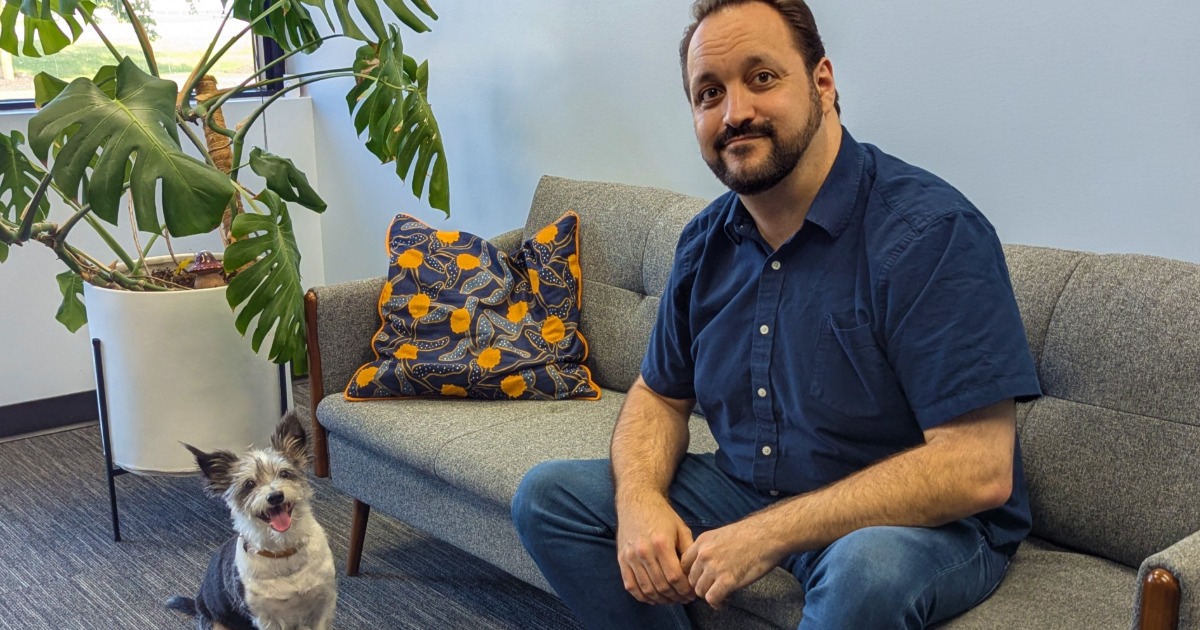When ONC stands up the NwHIN-Exchange in October, there will be at least 25 partners spanning military, private and public health entities sharing patient records with each other on the back of various standards.
Among those is the Community Health Information Collaborative (CHIC), which, thanks to NwHIN-Exchange, swaps health information with partners, and garnered contracts with the VA and SSA that ultimately improve care delivery for residents near its Duluth, Minn. headquarters.
Government Health IT Editor Tom Sullivan spoke with Cheryl Stephens, president and CEO of CHIC, about the benefits of participating, what NwHIN-Exchange enables that CHIC could otherwise not do, and what she would like the federal government to provide around NwHIN-Exchange moving forward.
Q: How are you leveraging NwHIN-Exchange?
A: We are working with organizations in the state of Minnesota to assist them in reducing the time it takes to get Social Security disability determinations done. That’s one of the contracts that we received due to our work with NwHIN. So we have a contract with SSA and we have four sites currently on that contract submitting data from their EHRs to SSA for disability determination. We have some anecdotal, not statistically accurate data, from one of our larger facilities that they are seeing major cuts in the waiting time from when somebody has requested disability and when they begin to receive payments.
Q: Mariann Yeager, interim executive director of NwHIN-Exchange, said some SSA disability determinations were reduced from 84 to 45 days…
A: Absolutely. Easily cut in half.
Q: And she also said that 10 percent of claims were filled in 1-2 days.
A: Yes. One story the chairman of my board told me is about how they heard from a fellow that he was going to be going on disability and 10 days later he received the first payment. It’s an extraordinary thing to hear those actual real-life events occurring in your own world, not just in another situation.
Q: What does participating in NwHIN enable that CHIC otherwise could not accomplish?
A: We have contracts with federal partners. The other one we have in place is with the VA to pilot VLER and we have a VA clinic that has always been forlornly sitting on its own because nobody could share data with it. Now we’re piloting with it and that exchange is going to begin. Those are the most important things for us. Three things I will say. One, we have contracts with federal partners that truly affect the exchange of patient data. That in and of itself is huge. Two, we have an HIE that is based upon federal standards, so nobody can say ‘We don’t want to connect with you because you’re weird.’ We’re using the federal standards and that’s a huge advantage when you’re talking to an EHR vendor who asks ‘Why would I want to connect to you?’ Well, if you want to know how to connect to an NwHIN gateway, test us. The other thing is it has helped us in the state of Minnesota rise to become the HIE that folks can turn to because they know that we’re keeping abreast with federal standards and federal guidelines.
Q: With regard to the vision of bridging public and private health, what does that mean for CHIC?
A: I sit on a public health HIE workgroup and part of the contracts that are being negotiated with the state right now is how are we going to pull public health into the HIE infrastructure and include them in Exchange and care-coordination? A lot of the counties that are providing care coordination for some homebound folks, they need to be a part of the exchange as well as the private partners. Finding that place, since there are no public health standards per se, for their EHRs or their communications, if we can get them to understand that NwHIN works for all of us, and it works for the VA, and other federal health agencies so perhaps public health should look at them and use the NwHIN standards, too.
Q: How do you imagine leveraging NwHIN in more ways going forward, or what would you like to see the federal government provide?
A: I would like to know that we could easily provide all of the quality reporting standards through the NwHIN infrastructure. Everybody is worrying about Stage 2 meaningful use, public health reporting, CDC, CMS, I would like to know that all that reporting could be pulled using NwHIN connectivity and standards. So let’s pull everybody together in using a singular set or a singular process to determine what those guidelines need to look like.
Q: And public health agencies are not widely doing that today.
A: No. Meaningful use is a huge step forward but public health in some states is still outside that arena. It might be in some states, but it’s still not a reality for public health agencies to be able to get data out of their private partners because the private partners don’t want to build those interfaces and don’t think they should have to, since it’s public health.
[Q&A: What the NwHIN folks are learning from DoD, VA open source efforts.]
The other thing is to be able to use this data that we are beginning to collect in a de-identified or anonymized fashion for researchers. That’s the other part of healthcare and health outcomes we hope we can be more helpful to, whether that’s public health agencies, researchers, or payers looking outside their Medicare lives but looking at a whole region or a whole state and they don’t cover everybody so that means they have pockets of people they don’t get to see. Being able to share data with folks that want to look at health outcomes.
Q: Understanding that de-identified data is something of a frontier all to itself, what would that take?
A: Part of the problem we’re seeing in working with de-identified data is that if you are just getting that report, say you’re pulling it from 16 different sites, you really don’t know a denominator of 1,000 or a denominator of 20,000 but there’s only 1,000 singular individual patients in there because it’s de-identified and you can’t figure it out. So we have to find a way to easily clean up and make sure that our denominators are truly representing populations of patients rather than just gobs of data.


